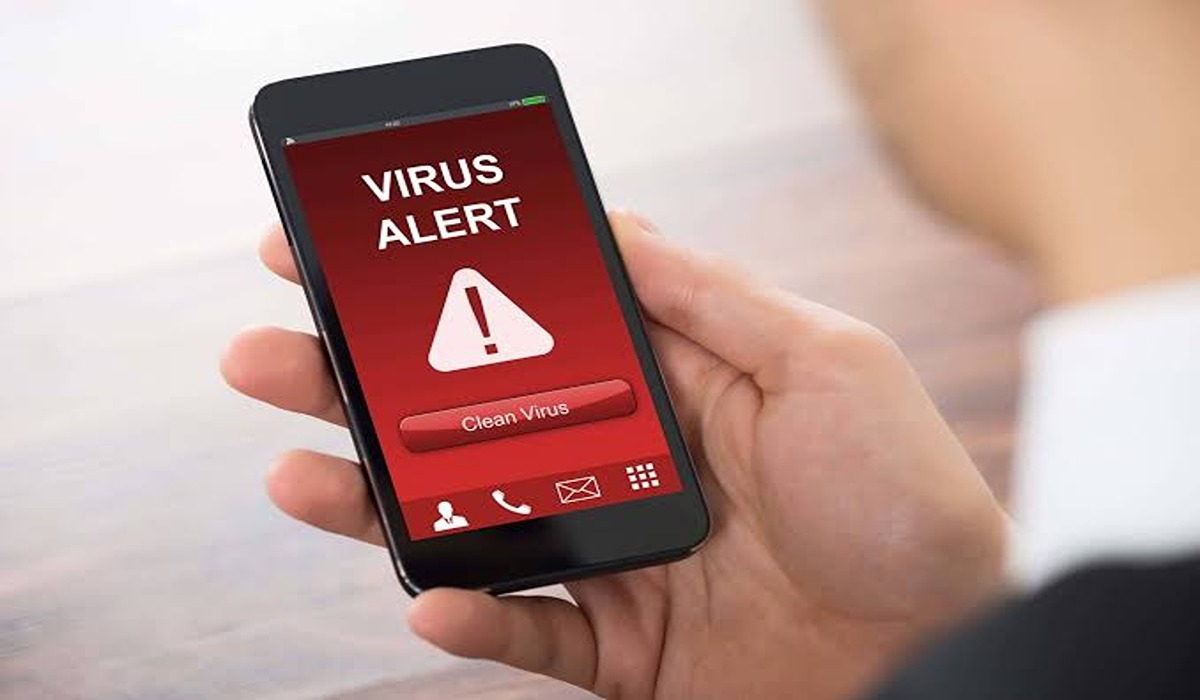Signs Your Android Phone Has A Virus And 5 Ways To Remove It
Android is the most popular in the world, it’s estimated to be used by around 70% of smartphone users. With the growing popularity of Android, it has become a huge target for malicious software. So how do you know if your phone has a virus? Read on for signs that your phone may be infected and what to do about it.

Signs your Android phone has a virus
If you notice any of the following signs, your Android phone may be infected with a virus:
-Your phone is slower than usual
-You see unexpected pop-up ads when using your phone
-Your battery drains quickly
-You receive strange text messages or calls from unfamiliar numbers
-You notice new apps that you didn’t install
– Your contacts get spam messages from your accounts
– Apps begin to crash often.
How to remove a virus from an infected Android device
If you think your phone may be infected with a virus, here are a few things you can do to remove it:
1. Clear cache
Your cache is a temporary storage area for data that your device uses regularly. When you clear your cache, you’re essentially getting rid of all of the temporary data that’s been stored on your device. This can help to speed up your device and get rid of any malicious files that may have been placed in your cache by the virus.
To clear your cache,
- Go to Settings
- Tap Apps
- Select your browser
- Now tap Storage & Cache
- Tap the “Clear cache” button to remove all of the cached data from your device.
- Select Manage space and then Clear All Data
2. Delete apps in safe mode
If your Android device has been infected with a virus, you may be able to remove the virus by entering safe mode and deleting any unknown apps. To enter safe mode, press and hold the Power button until the power menu appears. Then, tap and hold the Power off option until the Safe mode prompt appears. Once in safe mode, go to Settings > Apps & notifications and look for any apps that you don’t recognize. If you find an app that you think maybe malicious, tap on it and then select “Uninstall.”
3. Install anti-malware software
It’s important to install anti-malware software on your Android device to help protect it from malware and other threats. There are a number of different anti-malware apps available, so you can choose the one that best meets your needs. Some of the more popular options include Malwarebytes, AVG AntiVirus Free, and Avast Mobile Security & Antivirus.
Once you’ve selected an anti-malware app, install it and run a scan to see if any malware is present on your device. If any is found, follow the instructions for removing it.
4. Turn on Google Play Protect
Google Play Protect can be likened to antivirus software that scans your phone regularly for the presence of dangerous apps. You should turn it on as it helps prevent you from keeping an app that’s been corrupted on your device.
5. Reset your phone to factory settings
Resetting your Android phone will remove all of the data from your phone, including any viruses that may be on it.
To reset your phone to factory settings, go to the Settings menu and select “Backup & Reset.” Then, select “Factory Data Reset.” You will be prompted to confirm this action, so make sure you really want to do it before proceeding. Once you confirm, all of the data on your phone will be erased and it will be as if you just bought it new.

